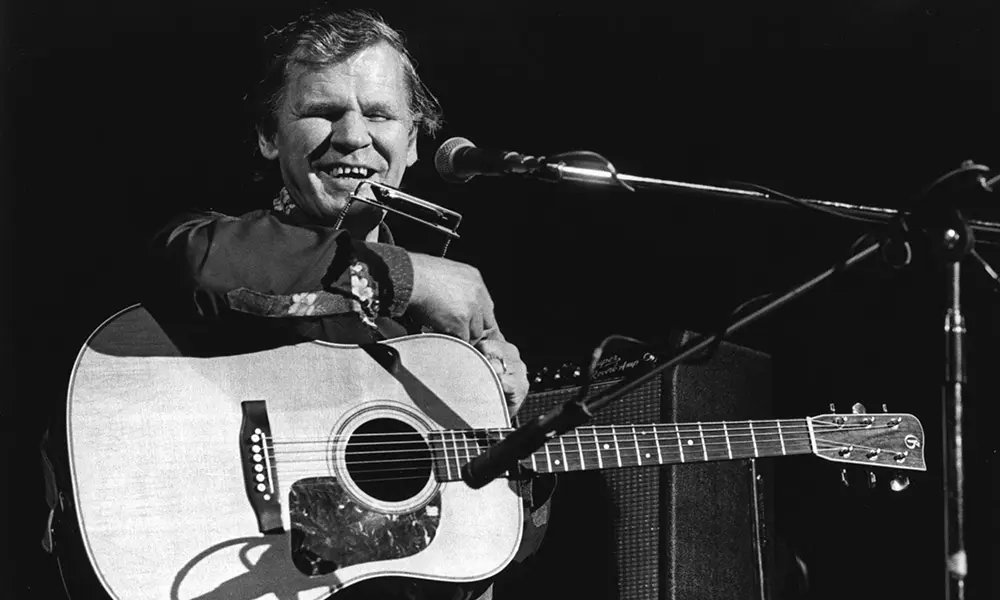Colors in the Open Air: Door County Plein Art Festival 2025
October 3, 2025 | by ltcinsuranceshopper

By Mary Beth Drabiszczak
Painting en plein air, or “in the open air” as it translate from the French, is a tradition of landscape painting dating back to the 19th century. In recent decades, the practice has become increasingly popular with a growing number of annual events and festivals that encourage artists to create work directly on-site. Plein air spectators have the unique opportunity to both see the creation of a work of art and experience its site-specific exhibition. This allows for a full-circle, participatory glimpse into the artistic process.
I had the honor of being invited, as a first-time artist participant, to the 2025 Door County Plein Air Festival, in Wisconsin. Known as “The Midwest’s Premier Outdoor Painting Event,” this week-long marathon includes more than 30 painters from around the country—many of whom I’ve admired for years.
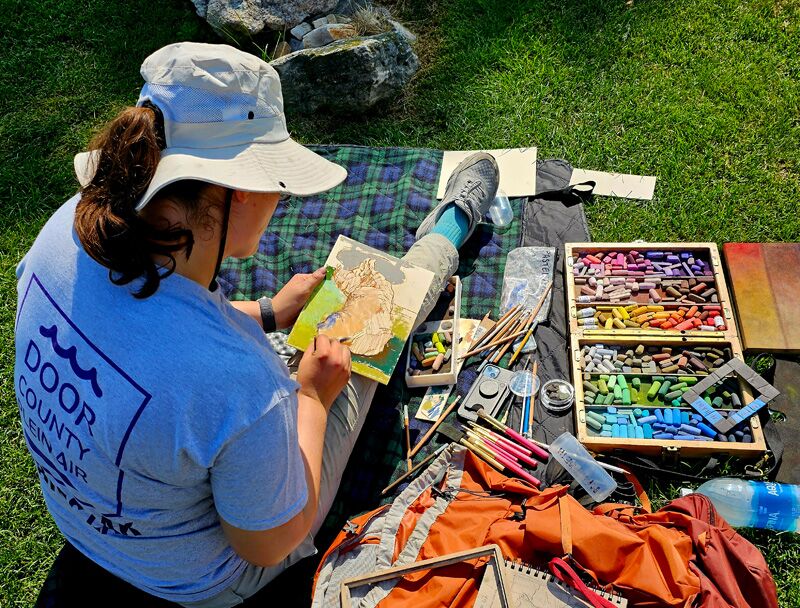
How Does it Work
A plein air event can be either open-entry (anyone can register) or juried (a selection committee finalizes a roster). Some juried events require an application; others are strictly by-invitation-only. As an invitational event, the Door County Plein Air Festival maintains a database of artists from all over the country who participate in the “plein air circuit”—local, regional and national competitions, which can last from a few days to a whole week. Larger plein air festivals, such as Door County, require significant planning well ahead of the event.
I first got the call that I was invited to the 2025 event last November—about seven months prior to the festival, which took place from July 20 to 26. This advanced timeline ensures that event organizers can confirm and solidify artist participation before undergoing extensive marketing to community members and collectors. As a new artist, this advance notice was especially helpful for my own preparations, allowing me to space out material purchases and investigate the history of the community—and environment—in which I’d be painting.
A Look at the Roster
The 2025 Door County Festival artists represented a wide variety of media. While many of the artists worked in oil and watercolor, five artists (including myself) opted for pastel as the primary medium of choice. I had the privilege to exhibit alongside fellow pastelists Tara Will, Lisa Skelly, Mary R. Monk and Laura Martinez-Bianco in the Guenzel Gallery at the Peninsula School of Art, in Fish Creek, Wisconsin. During the week’s events, I particularly connected with these artists over our shared enthusiasm for pastel. I asked each pastelist a question, tailored to each, to shed light on some of the approaches and strategies that contemporary artists take when plein air painting with pastel:
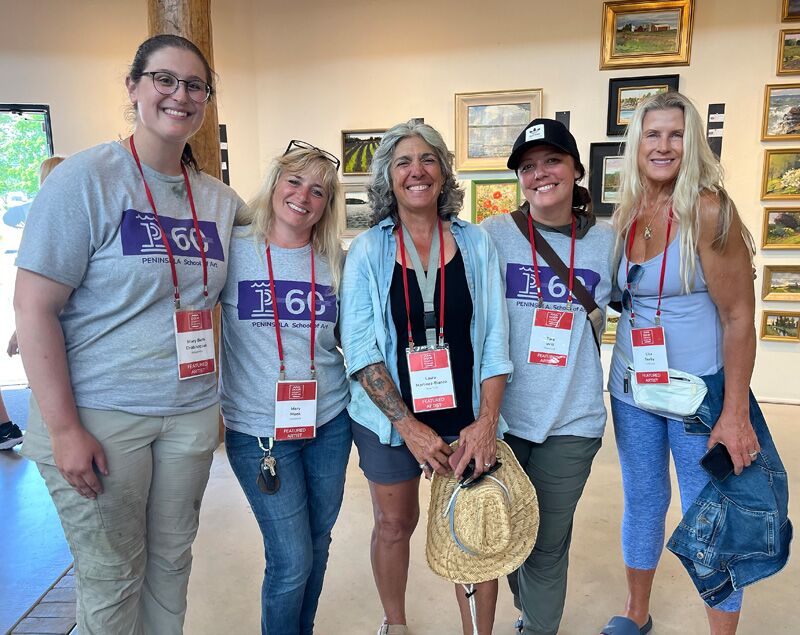
Q: How do you successfully work at a large scale, when working on-site with pastel?
The most important tool when painting large outside is your easel. You need to have something that you’re comfortable stepping away from. For me, the Gloucester-style easel, by Take It Easel, is the way to go. I tried different set-ups when I first started, but since 2017, this has been my go-to easel. I put my pastels in a box that I modified myself. It’s an aluminum presentation box, lined with foam to keep the pastels protected on all sides. Then, I use heavy-duty rubber bands to keep it shut. When the Gloucester easel is set up, the box rests on the legs, which keeps the painting from flying off, while also providing that “shelf” we’re all looking for, on which to rest our precious pastel box. With this easel, I’ve been able to paint 30×40, 38×48, and all sizes in-between.
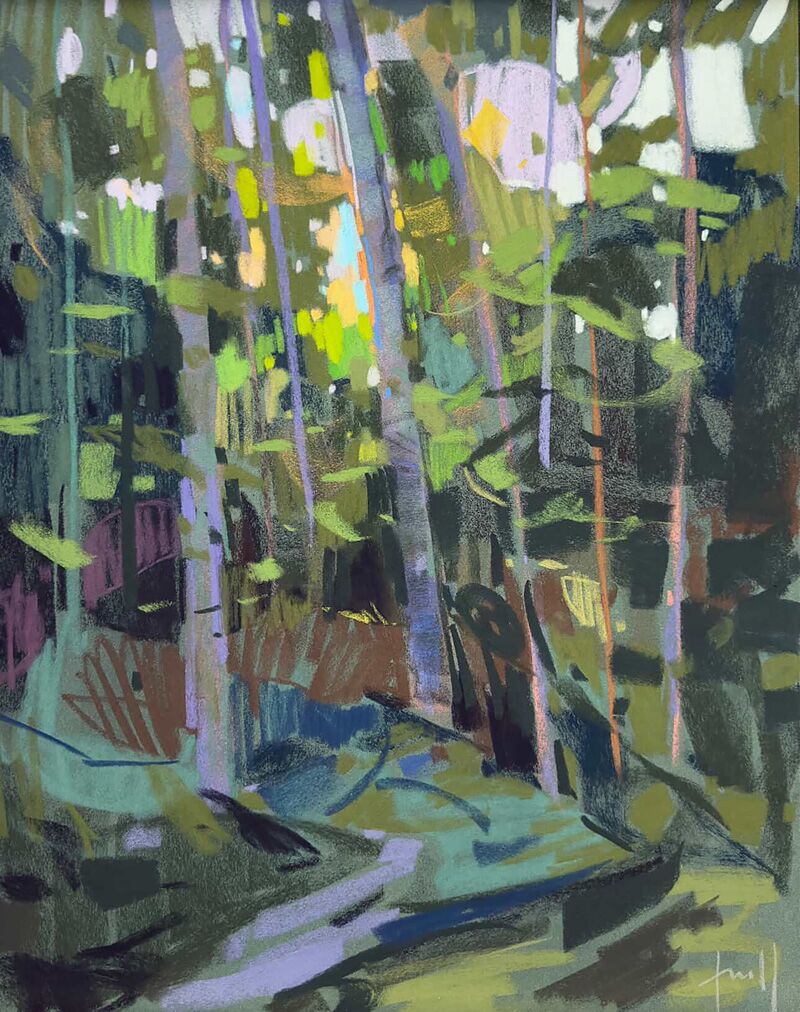
Q: How do you use the unique qualities of pastel to render textures of water?
Soft pastels are pure pigments that capture light and energy with vibrancy. Their velvety texture allows me to create translucent layers, building depth in crashing waves or the shimmer of tidal pools. Working outdoors, I respond to the shifting atmosphere and the rhythm of the sea, using skillful mark making for power and fine detail for delicate spray. I do this by varying the pressure of the pastel when applied to my support and by using all the different edges of my pastels. The luminosity of pastel brings water to life, from the thunder of surf against rock to the intimate curl of a wave. Through this medium, I can capture the energy and transparency of water and a moment in time that speaks to me.
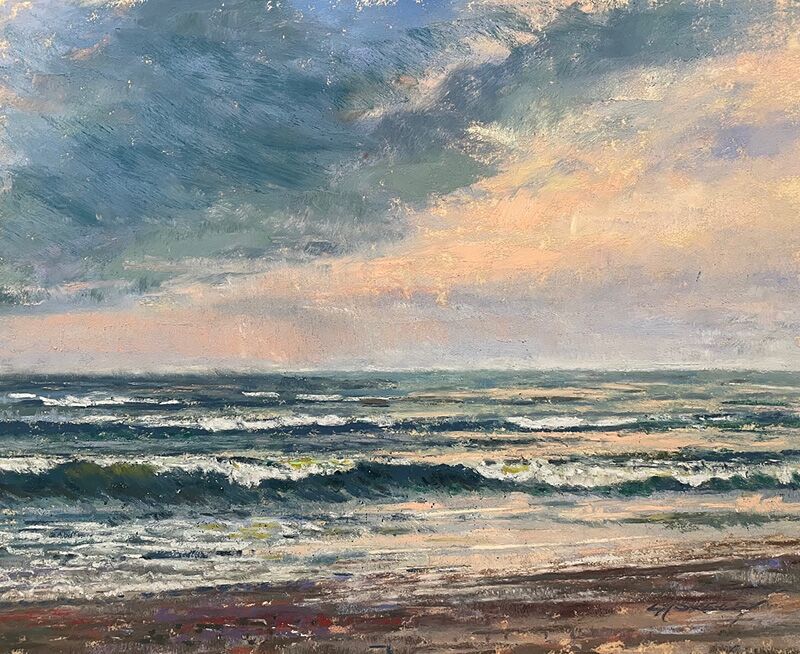
Q: How do you use a neutral color palette effectively?
I like painting the truth, and in nature most of what you see is neutral, with small pops of color. By limiting my chromatic notes and surrounding them with neutrals, my paintings have more impact. The gray versions of my colors are the real stars of the paintings. They’re the key to moody, dramatic paintings, quiet paintings, and even colorful paintings, if you’re really paying attention to nature.
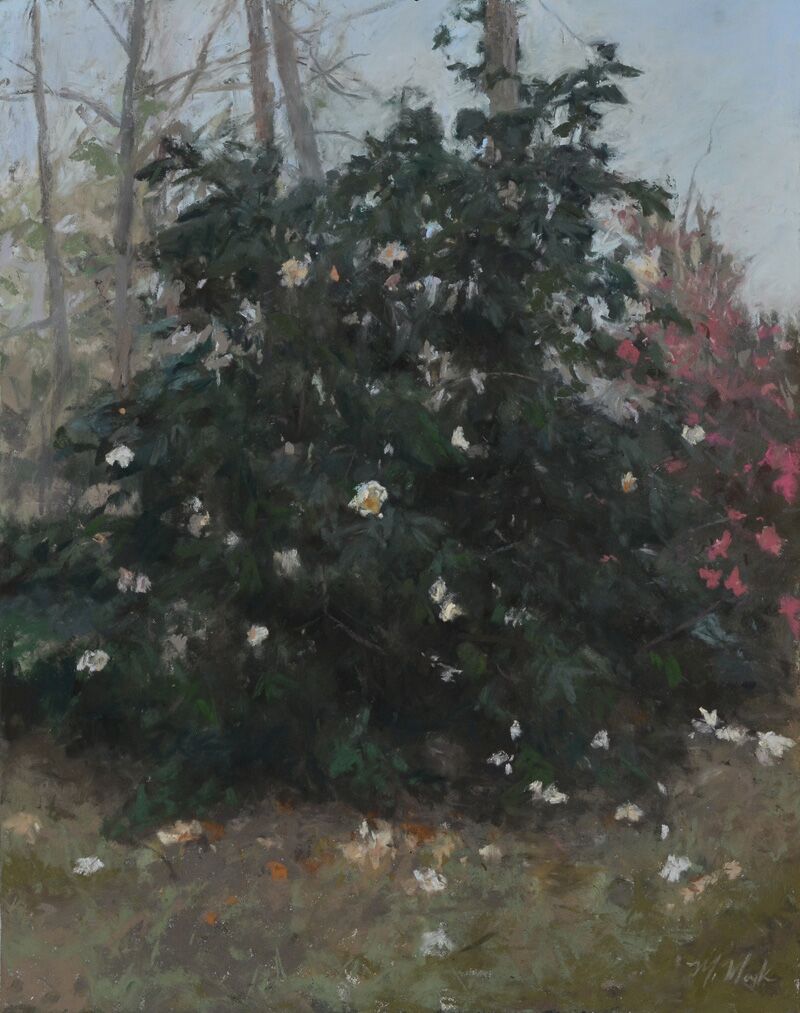
Q: How does your plein air work in pastel factor into your studio work—especially your encaustic paintings?
I’m drawn to landscapes, working with pastels on location to gather ideas and develop compositions. A plein air pastel provides me with a study—a memory—that jumpstarts my encaustic painting. Composition, color and value are resolved on site, in the space where I stand. Later, in the studio, I work from my pastel paintings or directly on them with broad strokes of molten pigment. Each encaustic layer is fused to the last with heat guns and torches, sealing wax and pigment into a unified surface. The encaustic painting becomes a preserved memory—an impression of place—that’s rooted in plein air.
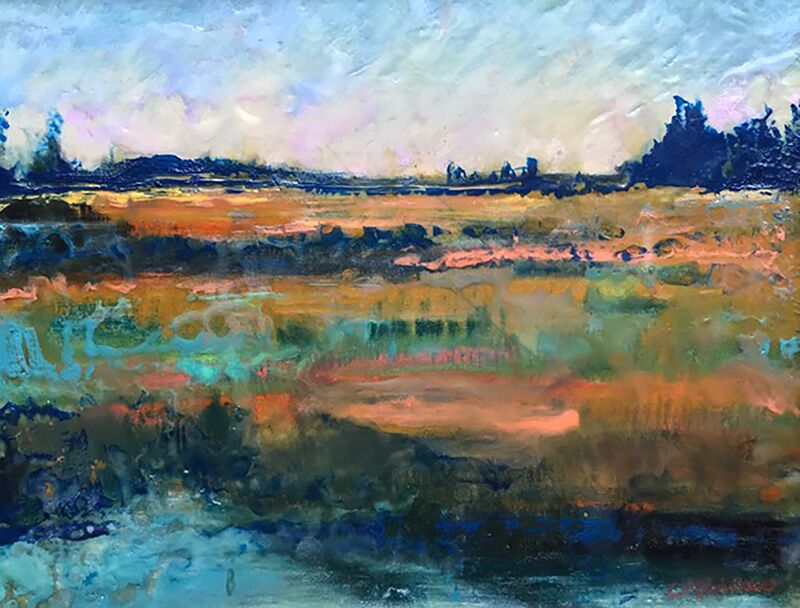
Camaraderie and Connection
Plein air festivals, like the Door County Event, allow artists to form meaningful connections not only with the local community, but with their fellow artists. The landscape becomes a classroom, as we learn from the outdoors and our peers. I’m incredibly thankful for the opportunity to participate in the Door County Plein Air event. During the process, I gained lasting friendships with artists who will continue to inspire me.
RELATED POSTS
View all


